|
Home » Raw Herbs » Others |
| |
|
|
Botanical Name |
: |
Tagetes erecta L. |
English
Name |
: |
African Marigold |
Family |
: |
Asteraceae |
| |
General Info
| Description |
 |
|
It is an aromatic, erect, simple and sparingly branched, annual herb. Leaves are opposite or upper ones alternate and pinnate; leaflets lanceolate-oblong and acute with yellow glands along their margins. Heads are orange-yellow and solitary on pedicels, which are thickened at the top. The involucre is 5 to 10 dentate apex. The achenes are adpressed-hairy on the ribs. |
| Herb Effects |
 |
|
The whole herb is anthelmintic, aromatic, digestive, diuretic, emmenagogue, sedative and stomachic; laxative and kills nematodes (root); antibacterial (against Gram-positive types) (flower extract) |
Chemistry
| Active Ingredients |
 |
|
Beta-carotene, beta-sitosterol, D-limonene, lutein, quercetagetin, quercetagitrin, stigmasterol (flower); 1,8-cineole, linalyl-acetate, tagetone (plant); kaempferol (leaf). |
| Chemistry
of Active Ingredients |
 |
|
|
 |
Name |
CAS# |
IUPAC Name |
Formula |
Structure |
 |
|
| Lutein |
34445-91-5 |
4-[18-(4-hydroxy-2,6
,6-trimethyl-1-cyclo
hexenyl)-3,7,12,16-t
etramethyl
-octadec
a-1,3,5,7,9,11,13,15
,17-nonaenyl]-3,5,5-
trimethyl-cyclohex-2
-e
n-1-ol |
C40H56O2 |
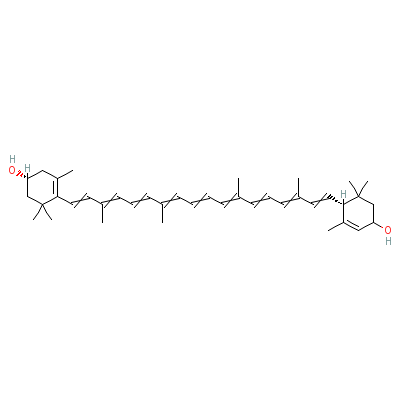
|
| 1,8-Cineole |
8024-53-1 |
2,2,4-trimethyl-3-ox
abicyclo[2.2.2]octan
e |
C10H18O |
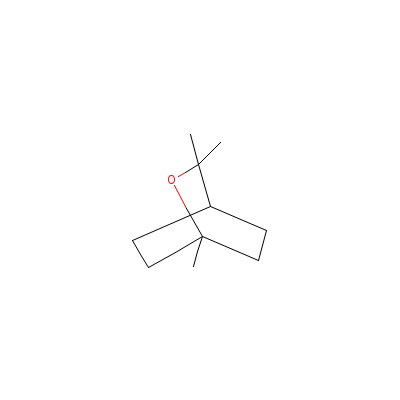
|
| Kaempferol |
80714-53-0 |
3-[3-[4,5-dihydroxy-
6-(hydroxymethyl)-3-
[3,4,5-trihydroxy-6-
(hydroxyme
thyl)oxa
n-2-yl]oxy-oxan-2-yl
]oxy-4,5-dihydroxy-6
-(hydroxymethyl)oxan
-2
-yl]oxy-4,5-dihy
droxy-2-(4-hydroxyph
enyl)-chromen-7-one |
C33H40O21 |
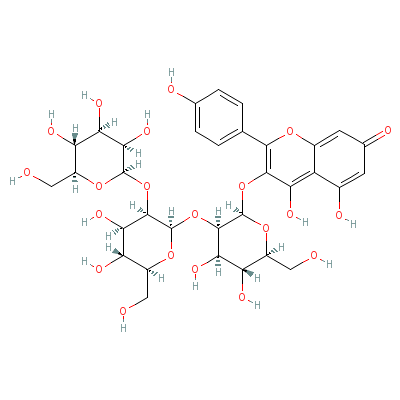
|
| beta-Carotene |
Not Available |
3,7,12,16-tetramethy
l-1,18-bis(2,6,6-tri
methyl-1-cyclohexeny
l)-octadec
a-1,3,5,
7,9,11,13,15,17-nona
ene |
C40H56 |

|
| Beta-sitosterol |
5779-62-4 |
17-(5-ethyl-6-methyl
-heptan-2-yl)-10,13-
dimethyl-2,3,4,7,8,9
,11,12,14, |
C29H50O |
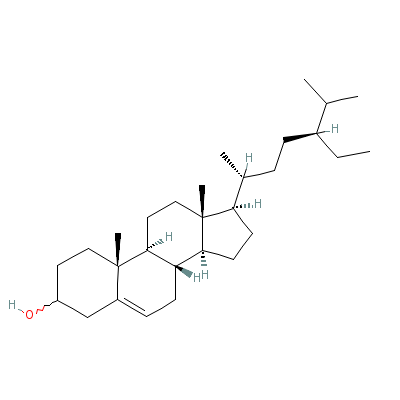
|
| D-limonene |
95327-98-3 |
1-methyl-4-prop-1-en
-2-yl-cyclohexene |
C10H16 |
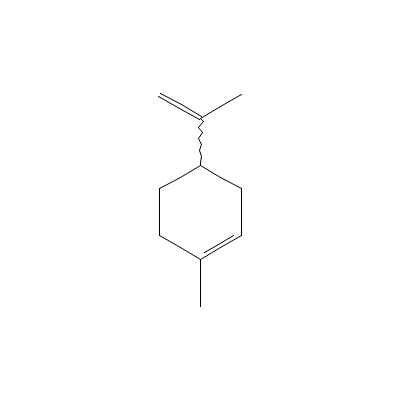
|
| Quercetagetin |
90-18-6 |
2-(3,4-dihydroxyphen
yl)-3,4,5,6-tetrahyd
roxy-chromen-7-one |
C15H10O8 |
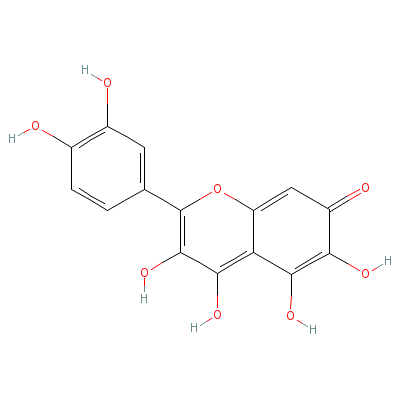
|
| Quercetagitrin |
Not Available |
2-(3,4-dihydroxyphen
yl)-3,5,6-trihydroxy
-7-[(2S,3R,4S,5R,6R)
-3,4,5-tri
hydroxy-
6-(hydroxymethyl)oxa
n-2-yl]oxy-chromen-4
-one |
C21H20O13 |

|
| Stigmasterol |
4736-55-4 |
17-(4-ethyl-1,5-dime
thyl-hex-2-enyl)-10,
13-dimethyl-1,2,4,5,
6,7,8,9,10
,11,12,1
3,14,15,16,17-hexade
cahydrocyclopenta[a]
phenanthren-3-one |
C29H48O |
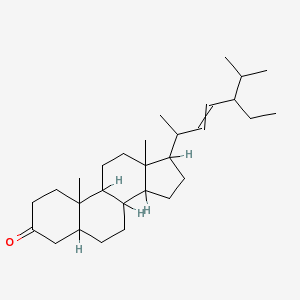
|
| Linalyl acetate |
8022-85-3 |
3,7-dimethylocta-1,6
-dien-3-yl acetate |
C12H20O2 |
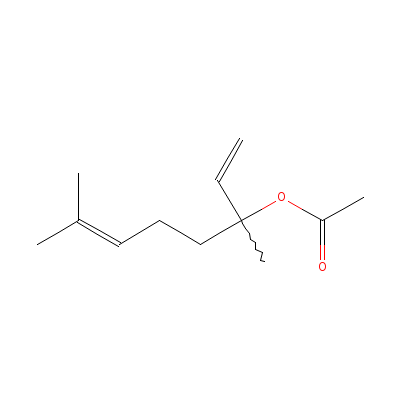
|
| Tagetone |
23985-25-3 |
2,6-dimethylocta-5,7
-dien-4-one |
C10H16O |
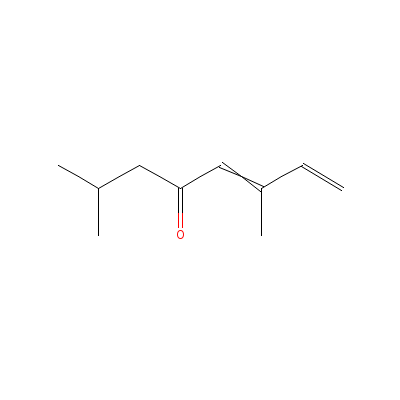
|
|
Pharmacology
| Medicinal Use |
 |
|
Diseases of the eye and hemorrhoids (flower); rheumatism, bronchitis and colds (plant); as a laxative (root). It is used internally in the treatment of indigestion, colic, severe constipation, coughs and dysentery. Externally, it is used to treat sores, ulcers, eczema, sore eyes and rheumatism. A decoction of the flowers is used to treat colds, conjunctivitis, mumps, sore eyes etc. |
| Reference |
 |
|
 Chandel et al., Biodiversity in Medicinal and Aromatic Plants in India. Chandel et al., Biodiversity in Medicinal and Aromatic Plants in India.
Sharma, Classical Uses of Medicinal Plants. |
|
|
|
|
|